Introduction
‘Influencer’ and ‘Influencer Marketing’ have become buzzwords in modern marketing parlance. However, the views on Influencer Marketing span a spectrum that’s almost as wide as the varieties of influencers out there.
Usage of term has become ubiquitous since the dawn of social media that expanded both scope and scale of influencers. Today, influencer marketing invariably refers to the practice of using Social Media Influencers to impact brand choice. Hence in this paper we would restrict the term ‘Influencer’ to refer to ‘Social Media Influencers’ who exercise their influence through online presence and content- and use it as primary source of their income.
This paper comprehensively covers all aspects of Influencer Marketing, including:
- What has led to the rise in Influencers
- What makes an Influencer really Influence
- Benefits a well-executed Influencer Marketing can bring to the Brand
- Influencers vs. Celebrities- is it a binary choice?
- Influencer Landscape- types of Influencers, whom to pick when and why
- A simple framework on how to get the Influencer Marketing right
- Some emerging trends and potential red flags in Influencer Marketing
What has led to the rise in Influencers?
Several factors have come together to create an influx of Influencers across categories:
Digital democratization: As digital and social media penetration rises, the barriers to hop on to influencer bandwagon have reduced.
Almost everyone with an access to smartphone can potentially become an influencer. This has led to an explosion in influencer phenomenon across the length and breadth of country


Rising aspiration: Many feel they always had a flair to showcase their skills to the world, all they needed was the right stage and an opportunity. Deep penetration of social media, availability of DIY tools (filters, editing tools etc.) and the potential of ‘shareability’ is a heady concoction that inspires many to make world their stage
Perceived monetary rewards: Finally, the news of lavish lifestyles of social media influencers, who in some cases have become celebrities in their own right- is a huge incentive for budding and wannabe influencers to devote time and money in perfecting their craft.


Inductive effect: influencers beget influencers- success of ‘people like them’- of similar demography, life-stage and skills, making it big on social media is also an encouragement for many to try their hands at content creation
Network = Net Worth feel: the potential of building ‘Followers’ who are open to listen, ask for advice and take an action basis one’s opinion is a big motivator. Beyond monetary rewards, getting social adulation triggers a virtuous cycle of regular content and engagement

Influencers getting breaks in movies, OTT properties and jamming with celebrities across political and entertainment spectrum has given a big legitimacy to the category. With all above factors at play, it is clear that in today’s day and age, being an Influencer is fast becoming a sought after and aspirational career option.

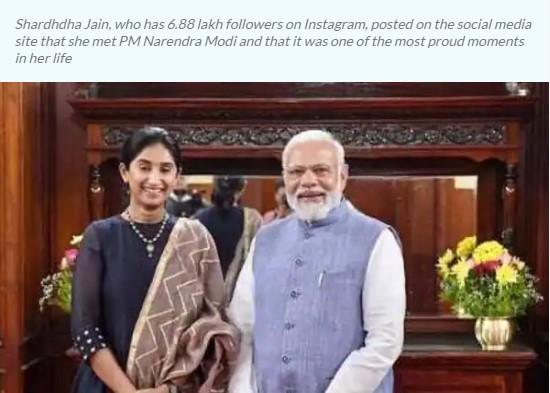
Politicians across the board are looking forward to Influencer Collabs

MostlySane aka Prajakta Koli
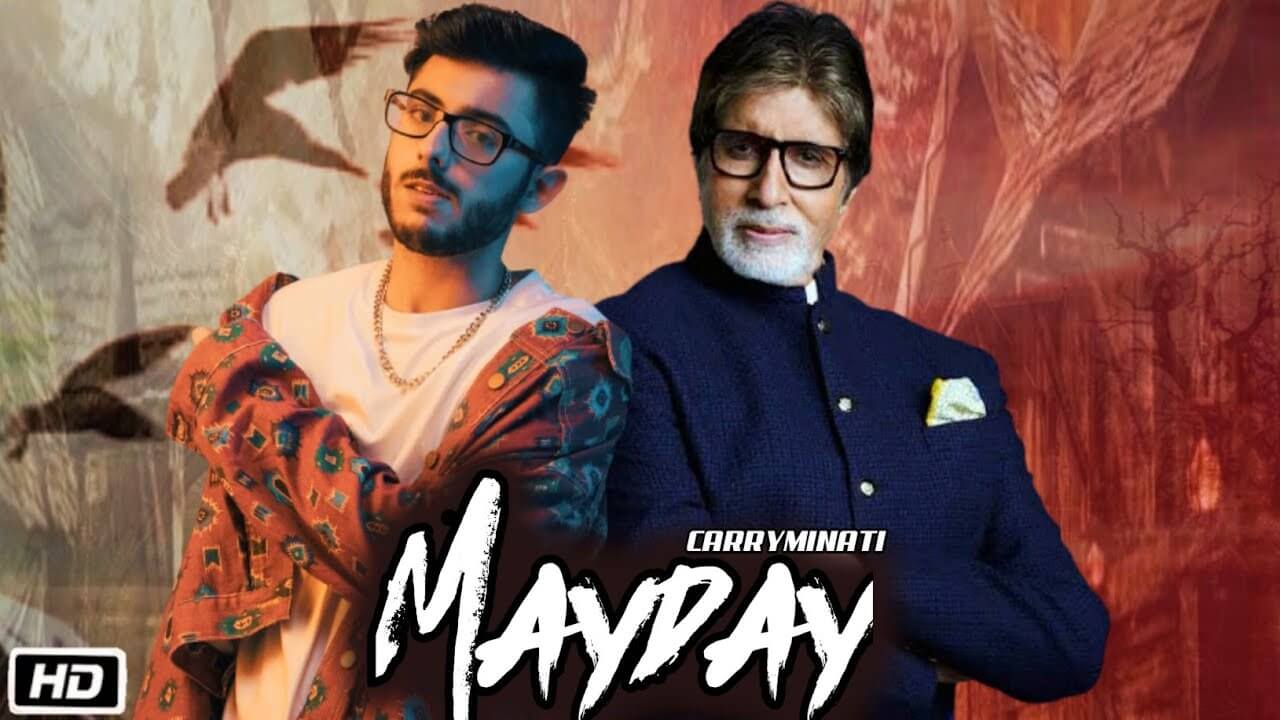
CarryMinati aka Ajay Nager
Many influencers have successfully transitioned into OTT and Movies
So much so, that the quest to stand out and be noticed has made some wannabe influencers perform feats that risk lives or land them on the wrong side of law:
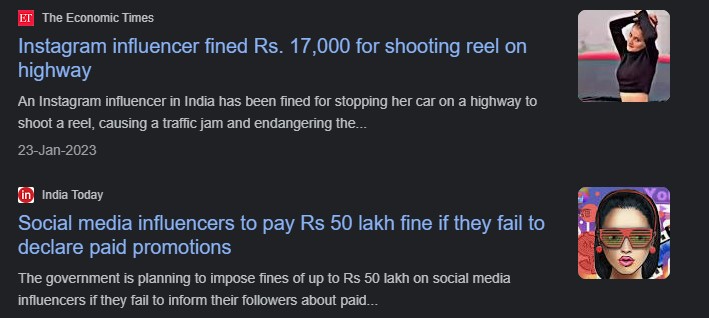


What makes an Influencer really Influence?
Influencers are able to impact purchase decisions due to their perceived credibility. They derive this from a combination of below factors:
Expertise – This happens when influencers have a well-established and well-known expertise in a category- either because of their professional or academic association with the topic. In some cases, they might overtime establish a perceived expertise because they are passionate about the topic and demonstrate it consistently in their social media content. Expertise, whether real or perceived, obviously lends weightage to the influencers point of view and it is assumed that the influencer would be well-aware of pros and cons before recommending a product or service.


Popularity – At times an influencers’ voice carries credibility simply because he or she is a popular personality. This popularity can accrue due to a host of reasons- they might have held a position of importance, might have demonstrated excellence in a field and in some cases, simply because they have built a huge followership through their long-standing social media presence and consistent content stream. It is assumed that they wouldn’t give misleading recommendations since they have a reputation to protect.
Relatability – A big factor driving influencers’ credibility is their relatability. Relatability happens when consumers feel that influencers are from a similar demography, psychography or are facing similar issues as them. That’s how vernacular influencers, non-metro influencers, mom-to-be influencers, new- mom influencers and even many young beauty influencers are able to exercise influence and build a good fan-base


Authenticity – Another way in which some influencers foster credibility is through their authenticity. They are known for their straight talk and ‘say-it-as-it-is’ attitude- that’s established through the general tonality of their content and social media posts. They present themselves as someone on consumers side who isn’t driven by an agenda. When such influencers recommend a product, it is assumed that they would not be sugar coating or papering over the faults. They influence because they have built their reputation as a ‘no-nonsense’ critic, who wouldn’t mince words.
What benefits do Influencers bring to brands:
As of 2022, the influencer marketing industry in India was valued at over INR 12 billion and is projected to grow at CAGR of 25% over next 5-years. A big role in driving this growth is played by brands. This then begets an obvious question- what is the benefit that influencers bring to a brand? If used right, Influencers can benefit the brand in several ways:
Credibility : As we discussed in the last section, Influencers lead by establishing credibility. When influencers speak about a brand it comes across as an endorsement by someone whom consumers admire and look up to for a genuine advice. This makes the brands claims much more credible and believable, driving an intent to try


Content Diversity : In many cases, consumers tend to press the SKIP button within first 5-seconds of a brand’s ad- spot. However, this isn’t the case with influencer led content. Influencers add a personal touch to brands content and broadcast it to an engaged community that’s willing to listen. This not only adds diversity to the brand content but also ensures that brands USPs are well- detailed and effectively communicated without turning into a blind spot
Community Reach & Impact : A well- engaged, likeminded community is the most potent arsenal in the tool-kit of an influencer. This can help a brand to sharpen its targeting and instantly spark brand conversations & word of mouth. In fact, when done right, influencer marketing can even help brands reach out to niche or narrowly defined cohorts basis specific interest areas (e.g., ‘young moms looking for a safe skincare solution for kids’), that’s difficult to achieve otherwise


Choice benefit : Influencer landscape is varied. From nano-influencers with a few thousands of followers to mega-influencers whose follower count runs into millions, a brand has a wide assortment to choose from. Hence brands at any stage of growth or budget can leverage the benefit of influencer marketing by tapping into the right kind of influencers
Convenient Measurability : Through tools like affiliate links or codes, Influencer Marketing is relatively more trackable and measurable. This allows a brand to take quick call on whether or not their Influencer Marketing move is delivering the desired ROI

Celebrities vs. Influencers - and what consumers expect from Influencers
Let us address the elephant in the room- if both celebrities and influencers are meant to impact purchase decisions, why should a brand invest in both? How does one differ from other? We have published a separate paper on benefits and watchouts of celebrity endorsement here.
Both celebrities and influencers are supposed to influence purchase decisions and create a positive bias in favor of brand. But differences arise in the manner in which they achieve this.
Big ticket celebrities can create an instant spike in awareness and stature of the brand- something that is tough for influencers to pull-off. The scale and magnitude of an influencer’s impact on brand salience is therefore just a fraction of what a mainstream celebrity can create.
Having said that, Influencers do hold some distinct advantages over celebrities, which also defines consumers expectation from an Influencer:
Interactivity : No consumer expects celebrities to reply back to their comment or even as much as acknowledge their presence. Influencers score here as they often respond to consumers queries and even engage in a 2-way communication with their audience- answering their follow-up questions or directing them to the right place where they can get these answered. Influencers can therefore become a source of much richer and interactive brand content than celebrities


Genuineness : There is a general understanding that celebrities endorse a galaxy of products purely basis commercial contract. Celebrities aren’t perceived to have a deeper skin in the game and consequently it is assumed that their endorsement is a carefully edited and well-casted brand spiel. Influencers on the other hand are supposed to be more genuine and real. When they recommend a brand, they do so with their personal style and touch. Hence, for their followers, influencers can come across as more genuine compared to celebrities.
Expert Take : Unlike celebrities, whose aura is purely built due to their popularity, influencers are also expected to bring an edge of expertise. Hence when celebrities talk about strengths of a brand, consumers know that they are just reiterating the brand’s claims without necessarily having cross-verified them. But influencers are assumed to have tried out the product and even stress-tested its claims before recommending it to their followers. That’s the reason why Influencers can sometimes be a better fit compared to celebrities in recommending a brand esp. on platforms like Twitter and LinkedIn where expert take carries a lot of value


Balance : Due to all the above reasons, it is assumed and expected that influencers will not give a one- sided, biased or dishonest take on a product. They would tell why the product is good but would also cover the scenarios in which the product may not be the right fit. This balanced recommendation also differentiates them from celebrities who only paint a rosy picture of the products they endorse.
So, can a brand use both celebrities and influencers?

A brand can use both celebrities and influencers but it needs to be very clear about the objectives and purpose of using them- so that it can leverage the unique strengths of each.
While celebrities deliver top of mind awareness and instant popularity, influencers are more like ‘BTL’ version of celebrities- driving greater brand connect and deeper engagement, albeit at a smaller scale than celebrities.
What it also means is that to be really able to deliver on brand goals, an Influencer must deliver on most of above 4 consumer expectations. Using an influencer who doesn’t do so could be bad investment that might eventually backfire.
Not all Influencers are same- the Influencer Landscape

World of influencers is cluttered- with influencers differing in the size of their community, the categories they talk about or the channel they are strong in. Technically, agencies and brands classify influencers into 4 types, primarily basis the size of their followers or community:
Nano influencers (1k-10k followers) – These are usually upcoming influencers. They have a small but very engaged social media following and they usually have strong opinions meant to drive discussion. They might know their ardent followers by name or even personally.
Micro influencers (10k -100k followers) – Even though they have a relatively larger following, they are still considered very relatable and engage frequently with their audience. They tend to specialize in niches, and their audience tunes in to them to hear about brands, offers, and reviews in those niche areas.
Macro influencers (100k – 1Mn followers) – They tend towards a more broader appeal than micro influencers. They tend to grow their audience on one platform through long and patient engagement, and then tend to branch out to other platforms as well.
Mega influencers (1Mn + followers) – They are the celebrities of the influencer world, with a mainstream recall, that spills well beyond social media. They sometimes also partner up with brands – working as consultants for new product lines, investors, or brand ambassadors.
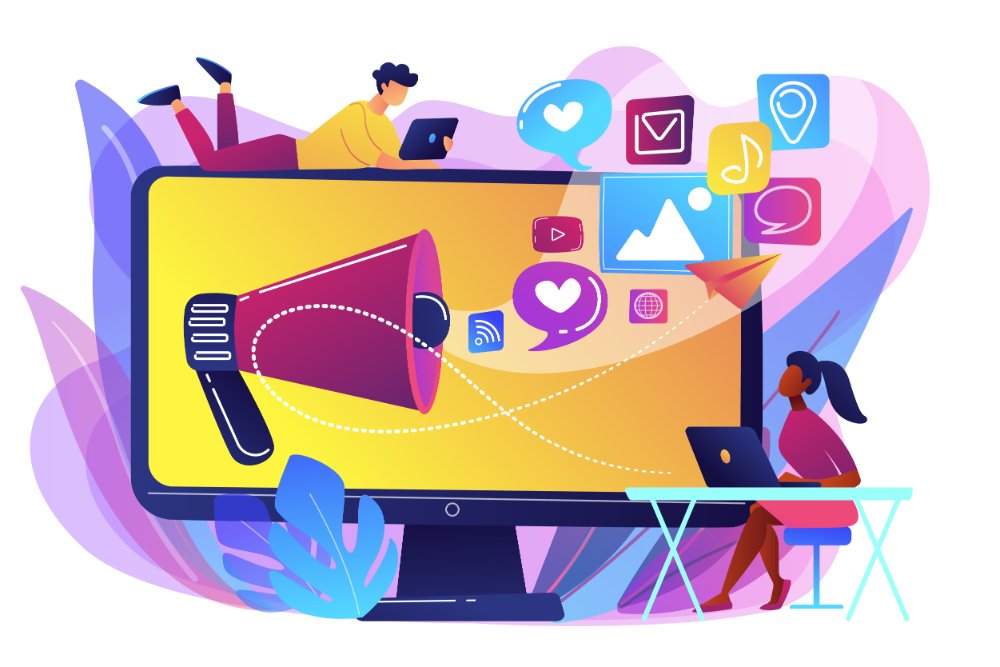
However, while this classification is a useful way to see Influencer landscape from media buying perspective, it is unidimensional as it is based solely on number of followers. To make this classification more actionable for brands, adding another dimension will help. Basis this, Influencer Landscape can be visualized on 2 axes:
Type of Influencer: Nano/Micro vs. Macro/Mega
Macro/Mega Influencers start commanding a ‘Mass Appeal’, cutting across age- groups, genders and demographics
Expertise: General vs. Specific
Influencers with General Expertise do not have coherent interest-based communities
Large follower base, General Expertise – The Demigods : These are popular personalities who command an ardent devotion among their ‘followers’ who come from all walks of life. While they might have started as a niche expert, over time their popularity and appeal has expanded and today they give their take on almost anything under the sun.
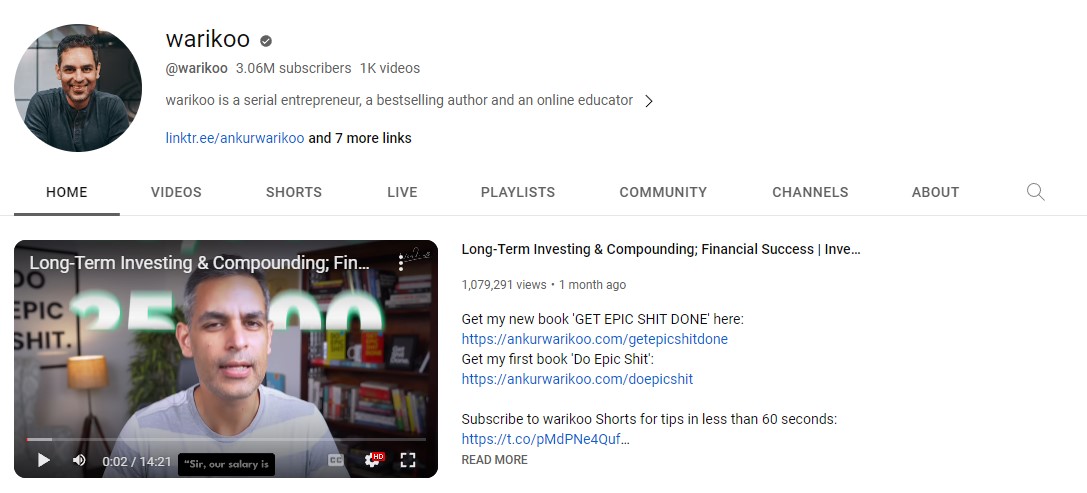
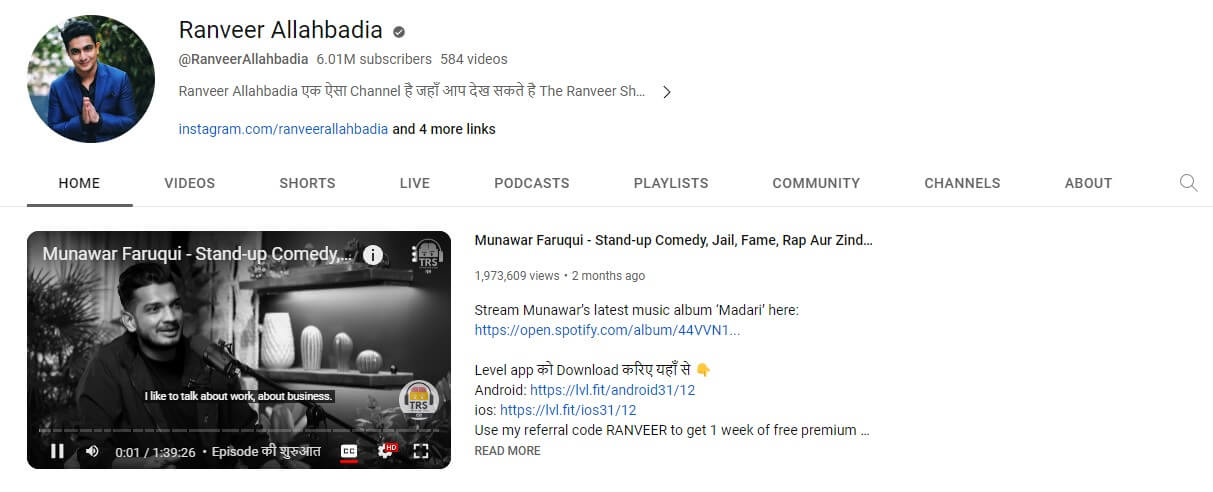
Implication for Brands: Use them to create aspiration and connote stature. However, they are costly and generally score low on interactivity. Sometimes they also stretch too thin- indiscriminately endorsing products & events across categories- and this could also put their credibility under a scanner. Hence their recommendation might at times create cynicism and even dilute brand equity. Carefully weigh if it is worth using them or if the brand be better off using a popular mainstream celebrity.
Relatively smaller follower base, General Expertise – The Entertainers : They are outgoing personalities who are emerging as Influencers and are still trying to figure their area of expertise. They have gathered a fan following simply because of regularity of posting and high degree of interactivity. Their content straddles across domains, often latching on to trending topics to give their take (can range from politically hot topics to latest movie review) and ask others opinions. They also share and forward viral content to engage their community.

Implication for Brands : Use them to create a buzz and word of mouth. They are keen to grow and are relatively cost effective. By collaborating with a galaxy of these influencers, a brand can quickly be seen ‘everywhere’. Brands can leverage them tactically for their low cost of collaboration and active interaction with their community. However, while they give the benefit of reach, they aren’t the right set to entrench a brand’s credentials. Even their followers also see their recommendation with a bit of levity. So, relying on them alone may not be enough, esp. if the brand seeks to establish its credentials as expert in a field. Further, some of them might be desperate for growth and hence post content that might land them- and the brands they endorse- into a controversy.
Relatively smaller follower base, Specific Expertise – The Boutique Specialists : They are influencers who carry a proven expertise due to their active professional involvement, thought-leadership or past experience in the field. Have a limited but well-engaged set of followers, who look up to their suggestions as they are considered experts in the topic.

Implication for Brands : Use them to sharply target a well-engaged and highly coherent close-knit community bound by a common interest. Being clued-in and actively engaged with their community, they can become a valuable resource for high quality brand endorsement. However, while they can credibly communicate brand USPs, as a standalone influencer their reach is limited. A Brand might need to engage many of these to create a tangible WOM that can move needles. Also, it is important to ensure that there is a natural fit between brand and their area of expertise, else their recommendation would have little impact.
Large follower base, Specific Expertise – The Established Domain Experts : Carrying a been there, done that’ aura and always clued-in with latest in their field, these influencers enjoy a cult celebrity status in their specific domain of expertise. Reason for their high number of followers is that their community has benefitted from their suggestions, reviews and recommendations in the past. Their community is relatively more coherent as it is bound by a common interest area.
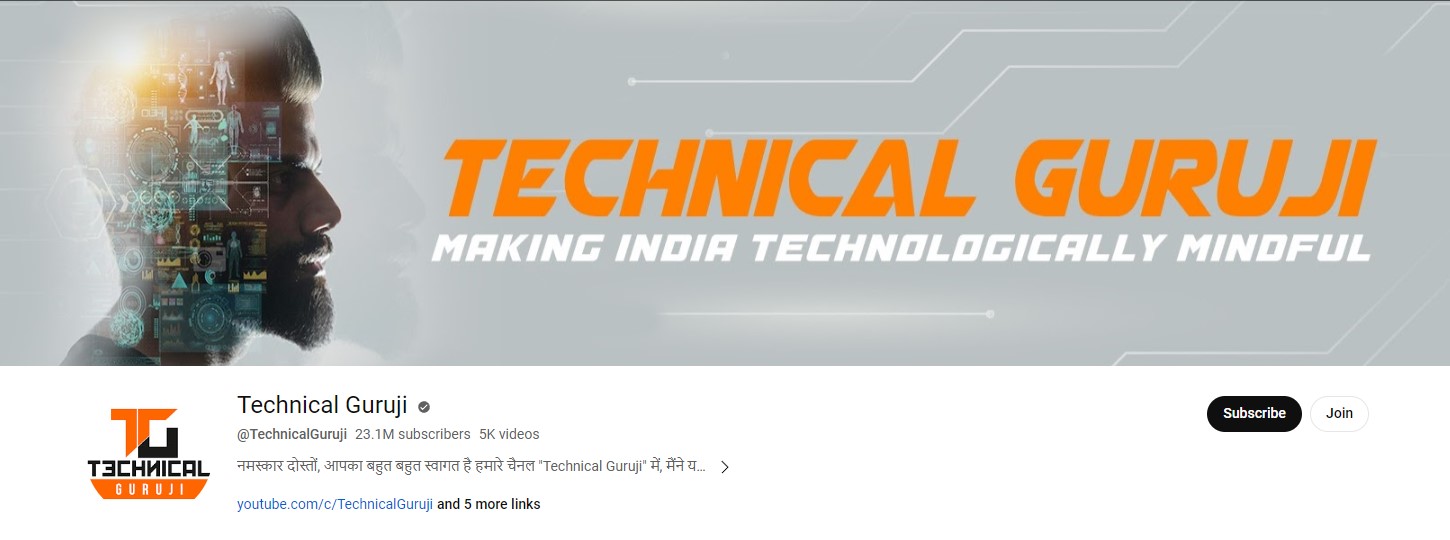
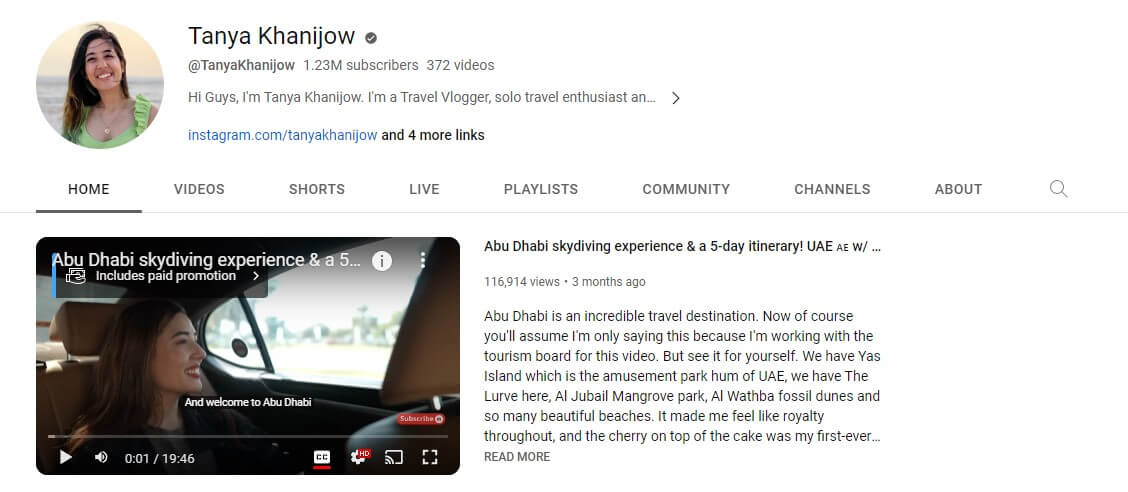
Implication for Brands : Use them to establish expert credentials and create a good awareness among a sizeable cohort of right audience. Their recommendation can instantly create a positive buzz about the product. However, their content being cluttered with regular new news about the category, a thought-through collaboration that goes beyond plain vanilla endorsement and general product intro will help a brand really leverage the benefits from association.
A framework on how to pick the right Influencer
Given the cluttered and diverse influencer landscape, any brand planning on Influencer Marketing needs to consider 5 factors before deciding on right influencers to collaborate with:
Campaign Objectives : First and foremost, the brand should be clear about the objective for Influencer Marketing. Do we want to create awareness or do we want to cue stature? Do we want to establish expertise or do we want to simply create a word-of-mouth buzz? In each case, the type of influencer to tap into could be quite different


Category Fit : The brand needs to consider if category really fits well with influencer’s domain of expertise. For right outcomes, the influencer collaboration should come across as authentic and not a force fit. In case the brand is planning to go ahead with influencers with general expertise, it is important to ensure that its content isn’t too far away from topics that the influencer frequently covers
Consumer Profile : Every influencer has his or her unique tonality that naturally attracts a specific kind of demographic cohort. The general nature of influencer’s community- their preferred language, town class and cultural sensibilities should sync well with the brands’ target group, else the collaboration could be a wasted effort


Channel Choice : An important factor to consider is whether the channel where influencer is strong naturally fits in with the channel where brands’ message will resonate the best. For instance, if an influencer is strong on Twitter or LinkedIn, it’s worth considering if brands target group really takes its opinion from Twitter. Similarly, for some brands, Instagram Influencers may not be the right fit, they might get better traction via influencers on YouTube or even Moj. Channel coherence with Influencers can help to ensure better outcomes
Conflict Check : Before formally bringing an influencer on-board it is worth doing a quick sense check for potential conflicts and if the influencer has a ‘history’. Have they been enthusiastically endorsing close competition brands? Have they been posting content that’s overtly controversial or has potential to foment trouble for a brand? Besides, it is also important to ensure their general tonality is not abrasive or divisive

A brand that adheres to above tenets in its influencer marketing efforts can ensure that it Influencer Marketing efforts are brand centered rather than FOMO driven. And this will, by implication, ensure that Influencer Campaign has a better chance to deliver a good ROI.
Emerging trends in Influencer Marketing- and some visible red-flags:
Celebrities taking a leaf from Influencer playbook & Influencers embracing celebrityhood : Taking a leaf from influencer playbook, celebrities are increasingly building a personal connect with their fans by curating a salient and interactive social media presence, with candid AMA sessions. On the other hand, influencers are eyeing celebrityhood by calculated PR and high decibel, well-orchestrated fan- meets in offline world. The lines between celebrities and mega-influencers are increasingly blurring. In fact, many influencers have even turned into full time celebs, appearing in TV shows and OTT series, while many celebs have found good success as social media influencers!
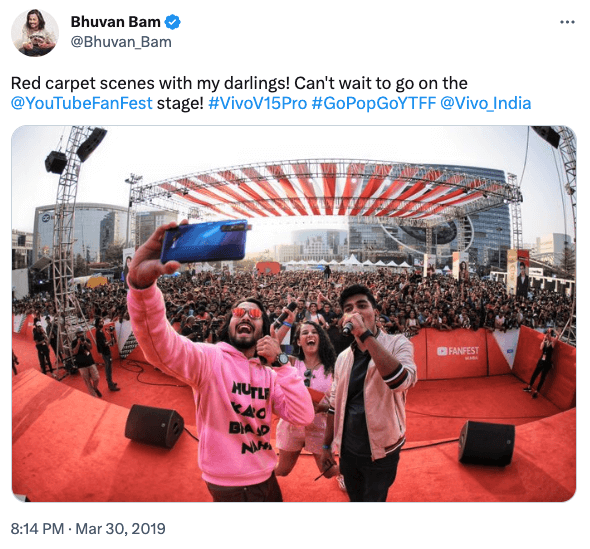
Founders turning into Influencers : Founders are increasingly establishing their personal brand on social media and becoming influencers in their own right. Posting content around their category learning or their startup journey, they find quick credibility due to an aura of expertise. Building a well-engaged community of course helps their brand as well.
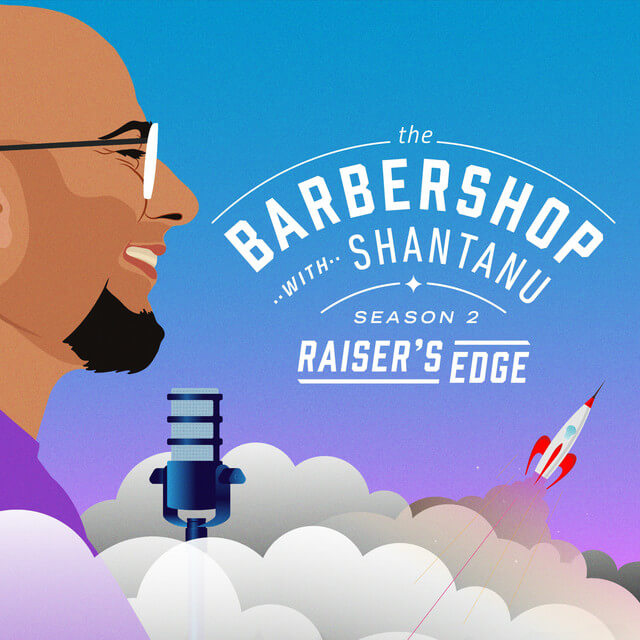
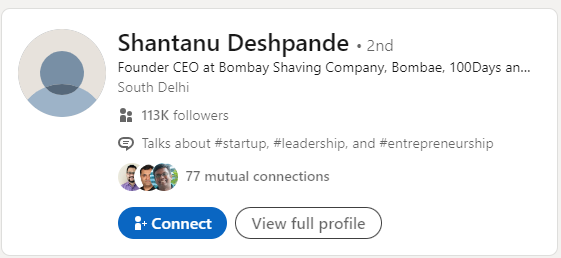
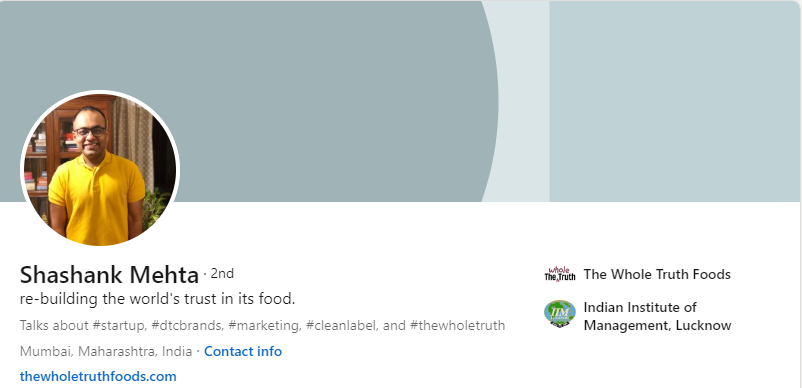


Employees as Influencers : Another emerging trend is that of brands supplementing the paid influencers with employees, who become proactive brand evangelists on social media. They give an inside-peek, narrate BTS stories and play up the humane side of the brand. This not only helps to build credibility of consumer facing brand but also benefits the Employer Brand

The rise of AI Influencers : Lu do Magalu is a young Brazilian Influencer with 6 million followers on Instagram, Lil Miquela is half Brazilian, half Spanish, lives in LA, has 3 million Instagram followers and has collaborated with brands like Prada, Dior and Clavin Klein. She has also been named among “25 most Influential People on Internet” by TIME magazine in 2018. Back in India, Kyra, a fashion influencer based out of Mumbai has 5.2 million Instagram followers. However, none of them is human.
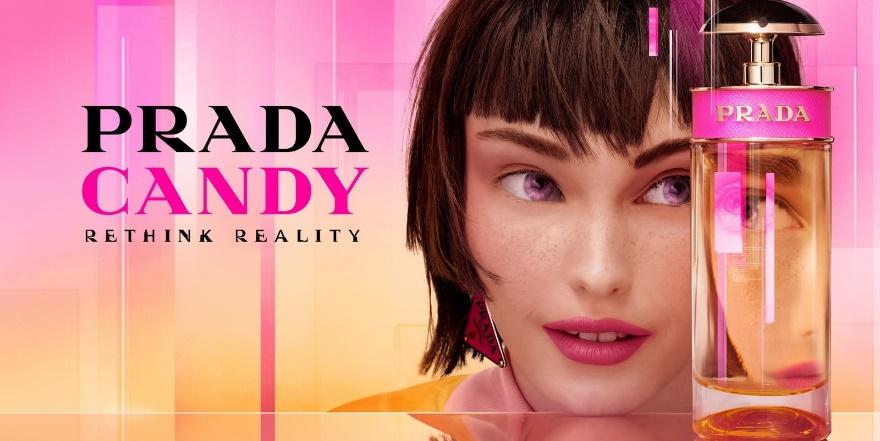
They are all AI created virtual robot models that join the list of several such AI avatars who have been created for the sole purpose of being a content creator and an ‘Influencer’. Globally AI or virtual Influencers, having a realistic bio and inspiring lifestyle, have already become quite a thing and the trend is picking up in India too.
Brands have started recognizing the opportunity. While some have collaborated with them, a few have gone ahead and even ‘created’ their own AI Influencers, as that allows them to have a much greater control on Influencer Content besides the obvious benefits of exclusivity and lower cost. For instance, Prada has launched an AI Influencer “muse” called Candy while Marks & Spencer has launched “Mira”.
While brands just seem to be experimenting with AI influencers for now, going forward this space could see a lot of action.


MIRA- the M&S virtual influencer
Strategic partnerships & collaboration with influencers : Given the huge clutter on the supply side of Influencer Marketing and the limited availability of really ‘influential’ influencers, we have already reached a point of saturation where merely a passing recommendation, unboxing or tweet won’t cut it- it will at best create a short-term buzz before getting lost in the noise on influencers own channel!
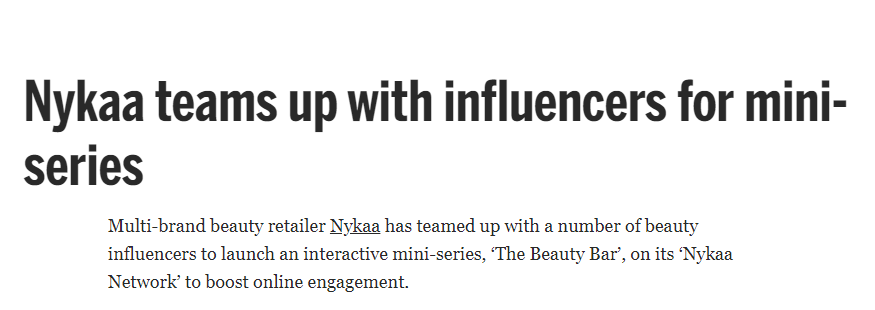

Hence brands are looking for closer, deeper and long-term collaborations that can bring them up, close and personal with the influencers and their community- thereby truly delivering the benefits of influencer marketing. Brands are also launching exclusive influencer-led properties. Upcoming and D2C brands are at the forefront of this trend. For instance, Nykaa launched a digital mini-series called ‘The Beauty Bar’ in collaboration with Influencers to boost online engagement, that has since then become an offline interactive event.
The real and alarming Influencer Fatigue : Just as consumers have begun to view celebrity endorsement with a healthy skepticism, the same sentiment is seeping into influencer marketing space too. A crowd of influencers ad-nauseum parroting the brand talking points or aggressive push tactic of influencers selling their own ‘workshops’ and ‘courses’ has sullied the consumer sentiment.

It is pertinent to point out that a perceived lack of genuineness is even more harmful for influencer marketing because the very foundation of an influencers ability to influence rests on a perception of authenticity and balance. Brands must take a note that while a blitzkrieg approach to Influencer Marketing could have worked 3 years ago, today the market dynamics have changed and consumers have evolved.
Brands need to be discerning in using influencers
Demand for transparency from Influencers : The indiscriminate and incessant endorsement of products, services and events by mega-Influencers on one hand and the crowd of emerging influencers that’s ready to endorse any and every brand claim for a quick buck on the other, has made consumers think twice before trusting the influencers.

Consider the case of recent debacle of the much touted “World Startup Convention”, that was duly endorsed by a galaxy of ‘celebrity-influencers’. The event turned out to be a sham. Many founders and budding entrepreneurs became the victims of wrong influencer spiel.

There is an increased demand of transparency from Influencers- and the same has also been echoed by statutory authorities who have since then issued detailed guidelines to infuse transparency through fair disclosures and right disclaimers. We believe this would be a great step forward in dispelling the mistrust and will be shot in the arm for Influencer Marketing
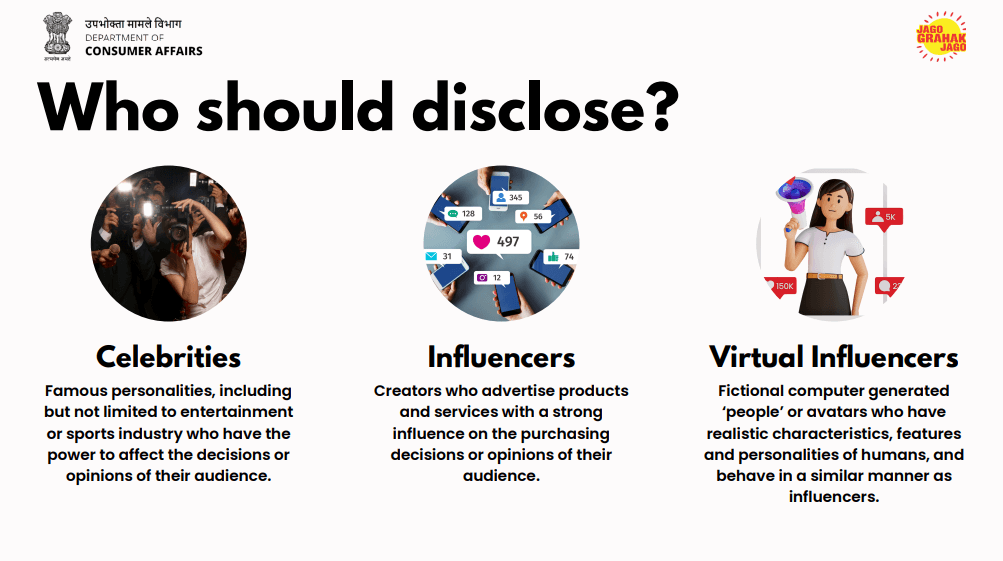
Rise of De-Influencing : Even as the Influencer Marketing becomes mainstream, we are already seeing a contrarian trend of ‘De-Influencing’, where influencers across channels- TikTok, YouTube and Instagram- speak about why consumers should NOT buy a product.
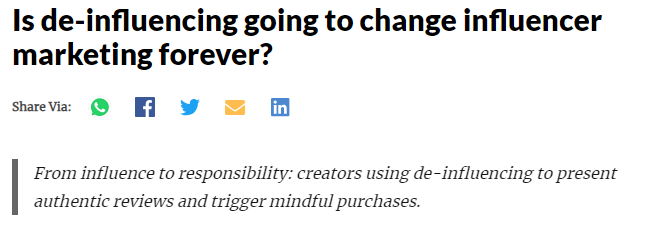
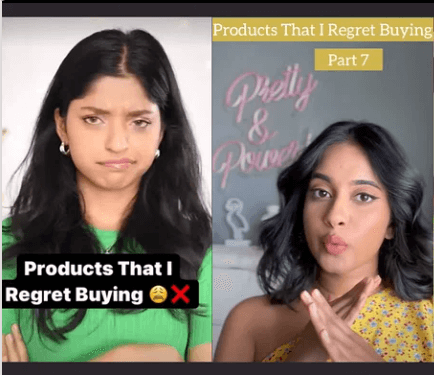
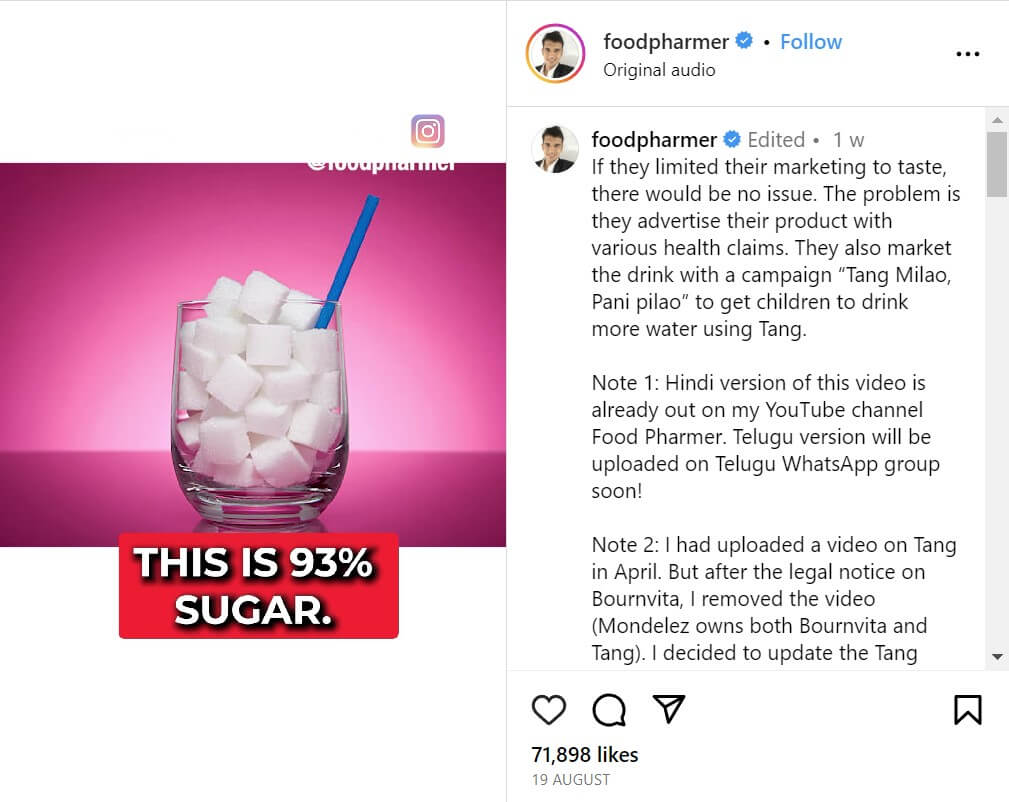
From speaking about excess sugar in a malt-beverage to the extent of harmful chemicals in a popular skincare brand, they gather a fan-following by debunking what they call as ‘overhyped’ products and encouraging conscious consumption. The rise of De-Influencing and enthusiastic consumer response to the trend is another reason as to why brands need to be truthful in their marketing because there is an active crop of Influencers out there who have made it their business to call out scrutinize brand claims.
In Conclusion
Influencer Marketing came into limelight just about the turn of this decade and it seems to have already covered a fair bit of distance. When done right, Influencer Marketing can prove to be a great tool in the brand marketer’s arsenal.
We do hope that all players in the ecosystem- brands, influencers and regulators- would take a learning from the journey so far and develop it into a marketing tool that ultimately delivers the best value to the most important stakeholder- the consumer.
Got any comments, feedback or suggestions? Let us know at freeflowing@winnerbrands.in
We read all your emails!
We help brands leverage the power of top marketing talent.
Click here to know more about us and to see all the open jobs we have with us now.


BusyBeeBrands
BusyBeeBrands, a boutique brand consulting firm, has worked with both new-age and challenger brands across 35+ categories to help them define their brand and communication strategy. Know more about us at BusyBeeBrands.
